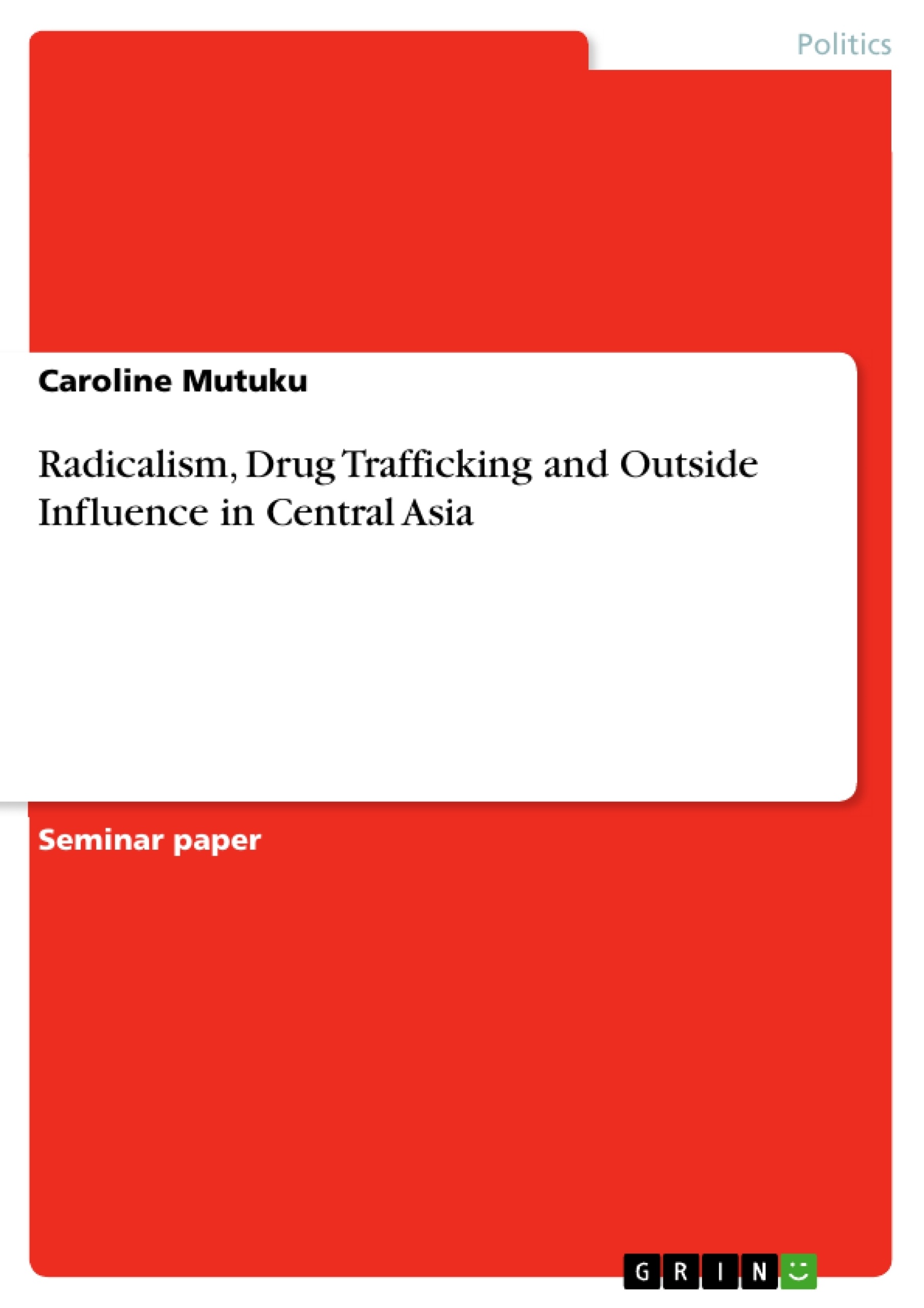Central Asia has been experiencing immense instability in the last decades, and this situation seems to have advanced into a curse of stability. Currently, it is speculated that peace in the post-Soviet Central Asia has been tense. As a result, there is a high potential for bloodshed in the region, and this aspect can be evidenced by the events which occurred in Kyrgyzstan recently in 2010. It is believed that waves of lethal violence which were experienced in Kyrgyzstan have spread within the Central Asian region. This is so because elements of radicalism have emerged in Kazakhstan, Uzbekistan, Kyrgyzstan, Tajikistan and Turkmenistan.
Historically, volatility is one of the principal reputations of Central Asia since 1991 when the Soviet Union collapsed resulting into tense security situation in the region. Since then, Central Asian states have been characterized by violence, instability, destabilization and Islamic extremism. In addition, other nefarious aspects have been reported within the region leading to the emergence of the so-called ‘the Eurasian Balkans.’ It is observed that the state of perennial instability within Central Asia is attributable to the crumbling infrastructure, remittance economies and brutal dictatorship . In the past, political leadership in the region has been characterized with immense repression and corruption. As a result, citizens in the respective countries have been experiencing social injustice leading to radicalism and civil unrest.
It appears that the events occurring within Central Asia may lead to state collapse given that all countries are faced with mass violence. For instance, Tajikistan is experiencing separatism, Kyrgyzstan succumb ethnic warfare and Uzbekistan battles repression and violent conflict that erupted in 2005. Therefore, instability in Central Asia is something that should be paid attention, in order to address the tortuous decline of the affected countries. In response to peace lapses in the region, issues such as radicalism, drug trafficking and outside influence require extensive evaluation to ascertain their role in regional instability. Therefore, this research paper will provide a comprehensive overview on how radicalism, drug trafficking and outside influence may cause instability in Central Asia.
Inhaltsverzeichnis (Table of Contents)
- Introduction
- Current Status of Regional Stability in Central Asia
- Indicators of Instability in Central Asia
- Domestic Insurgencies
- Cross-border Incursions
- Radicalism, Drug Trafficking and Outside Influence
- Uzbekistan
- Kazakhstan
- Kyrgyzstan
- Tajikistan
- Turkmenistan
- Interconnections of Instability in Central Asia
- Conclusion
Zielsetzung und Themenschwerpunkte (Objectives and Key Themes)
This research paper aims to provide a comprehensive overview of how radicalism, drug trafficking, and outside influence contribute to instability in Central Asia. It explores the historical and current context of instability in the region, examining the role of various factors, including domestic insurgencies, cross-border incursions, and the impact of external forces.
- The impact of radicalism on Central Asian stability
- The role of drug trafficking in fueling instability
- The influence of external actors on regional dynamics
- The interconnectedness of these factors in contributing to regional instability
- The challenges and opportunities for achieving lasting peace and stability in Central Asia
Zusammenfassung der Kapitel (Chapter Summaries)
The introduction provides a background on the current state of instability in Central Asia, highlighting the potential for violence and the emergence of radicalism in various countries within the region. It discusses the historical context of instability and the factors contributing to the volatile environment.
The chapter on the current status of regional stability examines the challenges faced by Central Asian states in achieving genuine sovereignty and navigating political transition. It explores the concept of "virtuous and vicious circles" as they relate to the region's security situation.
The chapter on indicators of instability delves into the significant threats to security in Central Asia, focusing on domestic insurgencies, cross-border incursions, and the illicit trade in arms and narcotics. It uses Uzbekistan as a case study to illustrate the impact of domestic insurgencies on political stability and economic development.
The chapter on radicalism, drug trafficking, and outside influence discusses the role of these factors in exacerbating instability in the region. It explores the resurgence of Islamic values, the emergence of Islamic radicalization, and the potential influence of external actors.
Schlüsselwörter (Keywords)
The key themes and concepts explored in this research paper include: Central Asian instability, radicalism, drug trafficking, outside influence, domestic insurgencies, cross-border incursions, Islamic revival, political transition, regional security, and the impact of external actors on regional dynamics.
- Citar trabajo
- Caroline Mutuku (Autor), 2018, Radicalism, Drug Trafficking and Outside Influence in Central Asia, Múnich, GRIN Verlag, https://www.grin.com/document/433490



